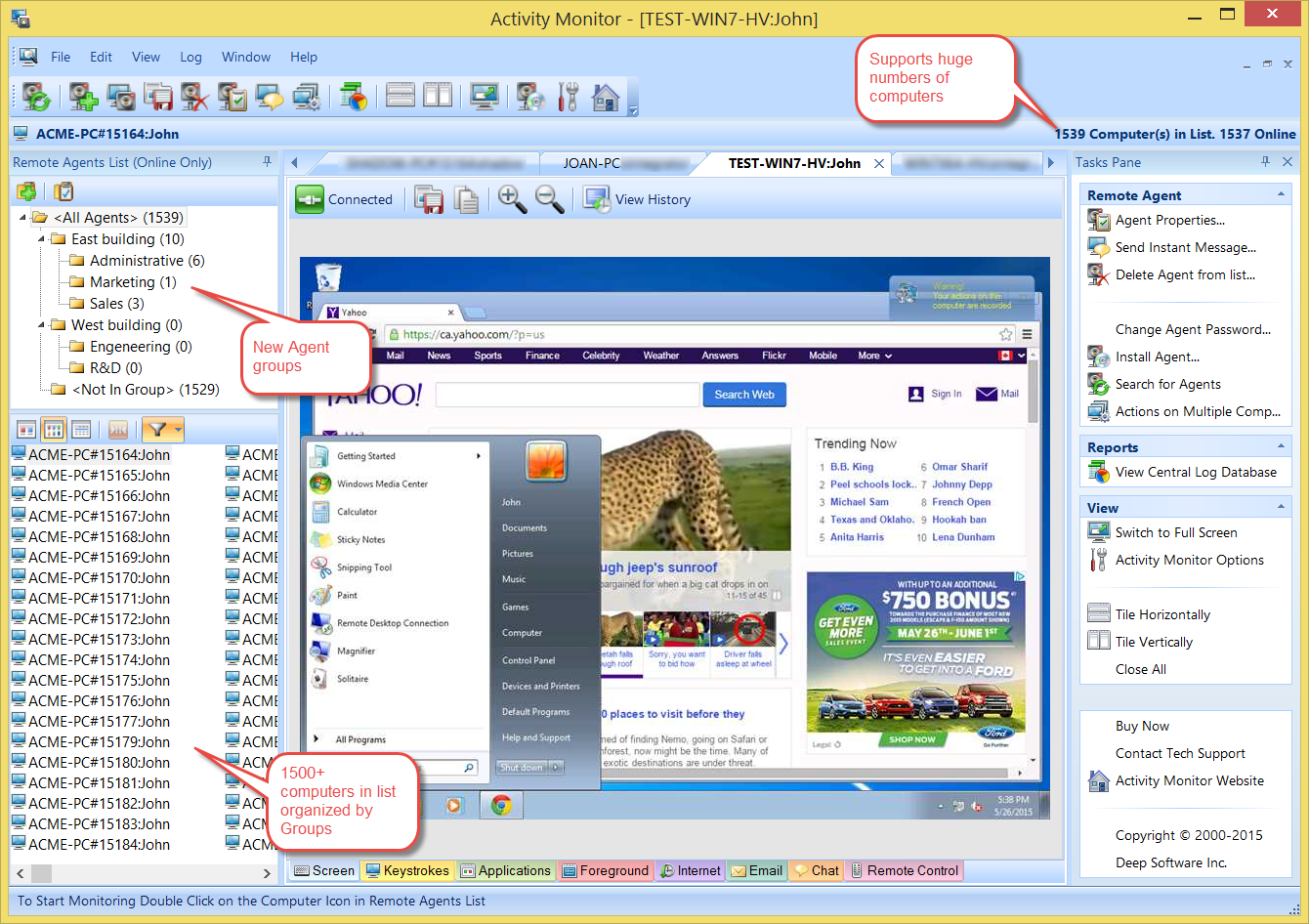

- #Windowserver in activity monitor how to#
- #Windowserver in activity monitor mac#
- #Windowserver in activity monitor windows#
More windows and tabs equal more resources consumed. The WindowServer process consumes CPU cycles based on the number of open windows and browser tabs. This will help you keep your desktop more organized and tidy. For example, you could have a folder for work documents, another for personal files, and another for miscellaneous items. Create folders for different types of files.If you have files or folders that you rarely use, consider moving them to a different location, such as a folder on your hard drive.Delete any shortcuts, files, or folders that you no longer need. Keep only the files, folders, and shortcuts that are essential and eliminate the rest. Review everything on your desktop and decide what is absolutely necessary.

Luckily, there are a few simple ways to declutter your desktop and make it more organized and efficient. If your desktop is cluttered with shortcuts, files, and folders, it can be tough to find what you need when you need it. Minimize the number of files & folders saved on your desktop Following are a few ways you can reduce Windowserver CPU usage on your Mac.

While high CPU usage from WindowServer is not usually a cause for concern, it can lead to reduced performance and battery life. See under the %CPU column against the WindowServer process to check the percentage of CPU being used by WindowServer.Click Process Name to sort the process in alphabetical order.Select the CPU tab at the top of the window.Click on Launchpad in the Dock and launch Activity Monitor.
#Windowserver in activity monitor mac#
You can check CPU usage on your Mac using any of the following two methods:
#Windowserver in activity monitor how to#
How to find out if WindowServer is using excessive CPU cycles Every app with a graphical user interface uses WindowServer, so it is not surprising that it is a resource hog sometimes. Some users have reported that WindowServer can use a significant amount of CPU on older macs, particularly when running multiple displays or using certain graphics-intensive applications. The process is normally dormant and uses very little CPU, but can occasionally spike to high CPU usage when drawing or redrawing windows or when under heavy system load. Why does WindowServer cause high CPU usage? While it is true that WindowServer is a critical part of the macOS graphical user interface (GUI), it is also true that it is a very stable and well-tested system component. Some Mac users have been concerned about a recent string of malware attacks that have targeted the WindowServer process. Keep reading if you're interested in learning more about WindowServer and how it works. It is constantly evolving to meet the needs of macOS and its users. OpenGL is the industry standard for 3D graphics. Cocoa is Apple's native application development environment, and Quartz is the 2D graphics API. It also provides low-level support for Cocoa, Quartz, and OpenGL applications. WindowServer is constantly running in the background, and its main purpose is to coordinate the windows and controls that make up the GUI. In other words, it's responsible for everything you see on your screen. WindowServer is a core MacOS process responsible for managing the graphical user interface (GUI) for all macOS applications. If you've ever wondered what WindowServer is and what it does on a Mac, you're not alone.


 0 kommentar(er)
0 kommentar(er)
